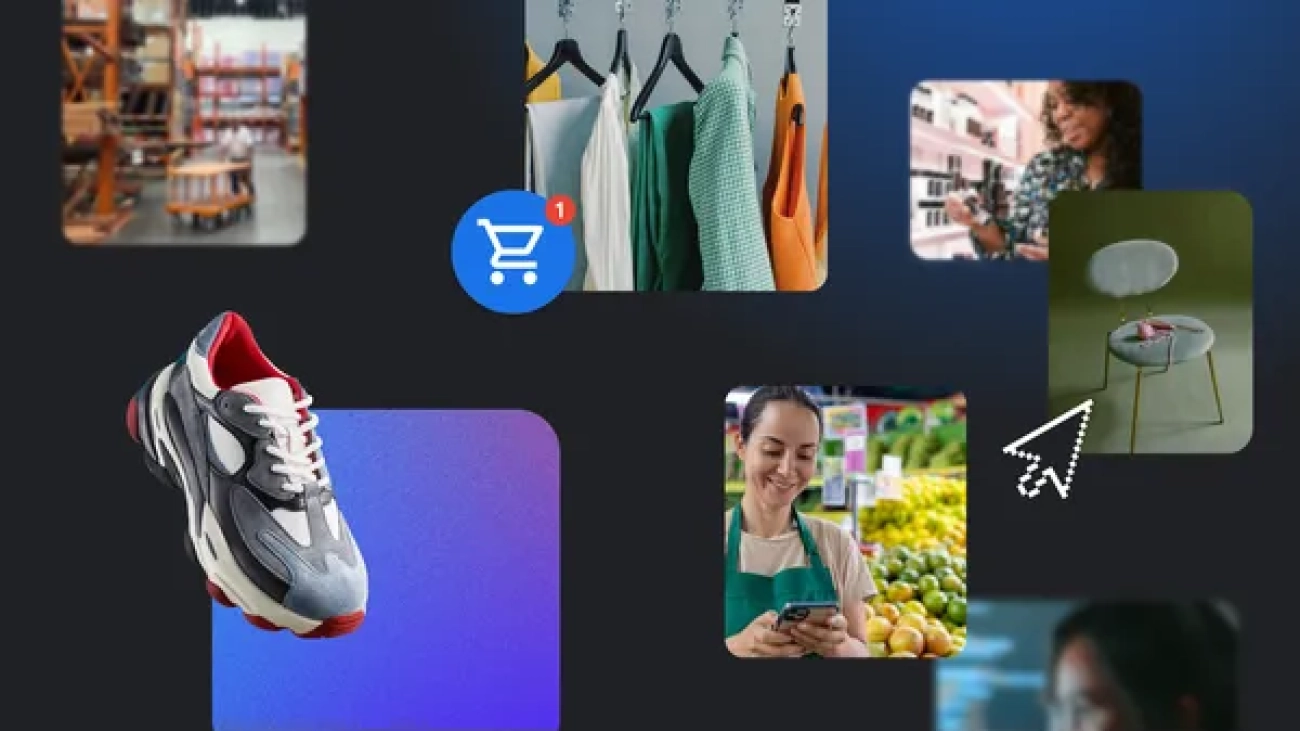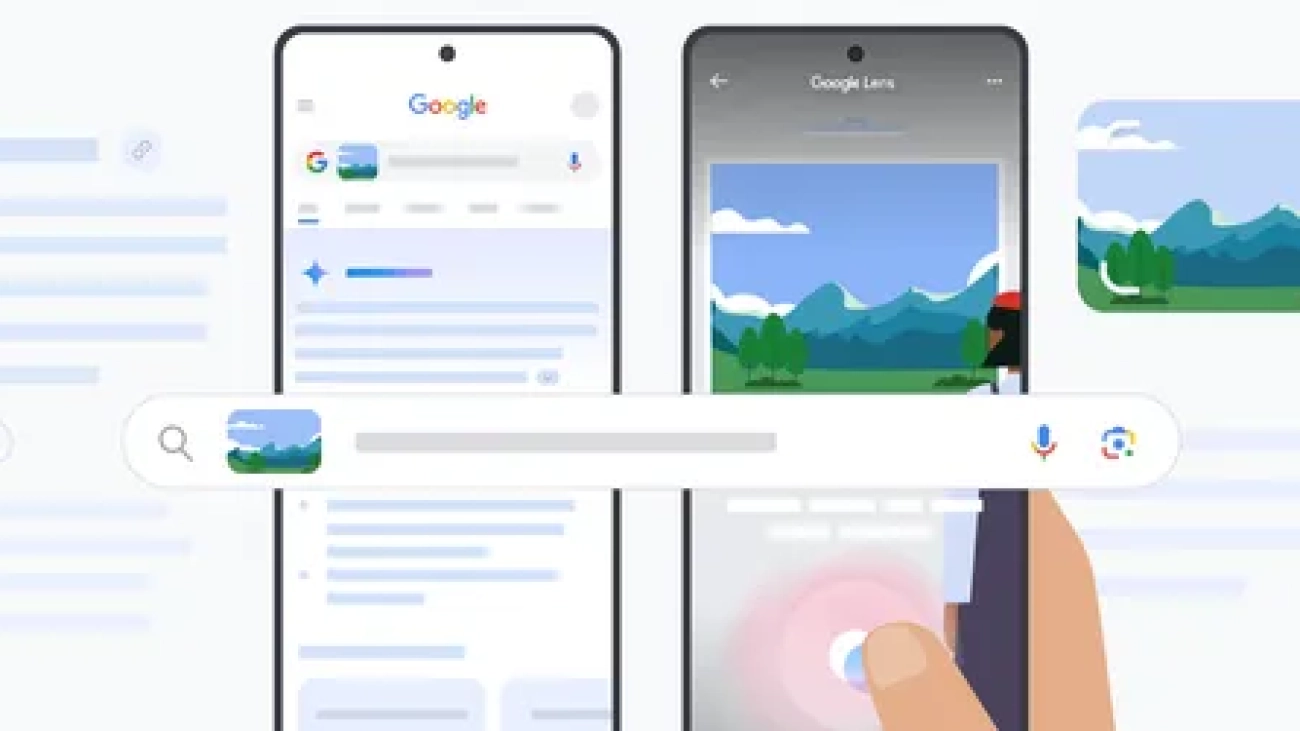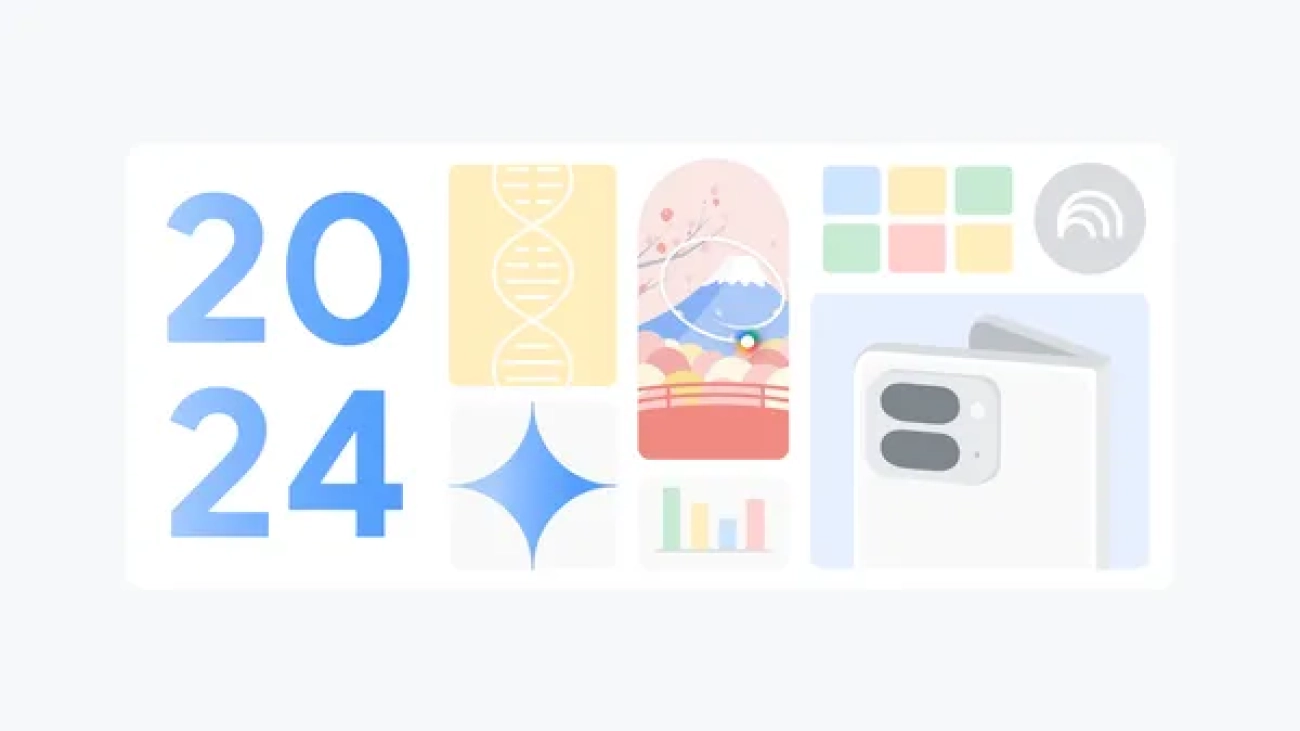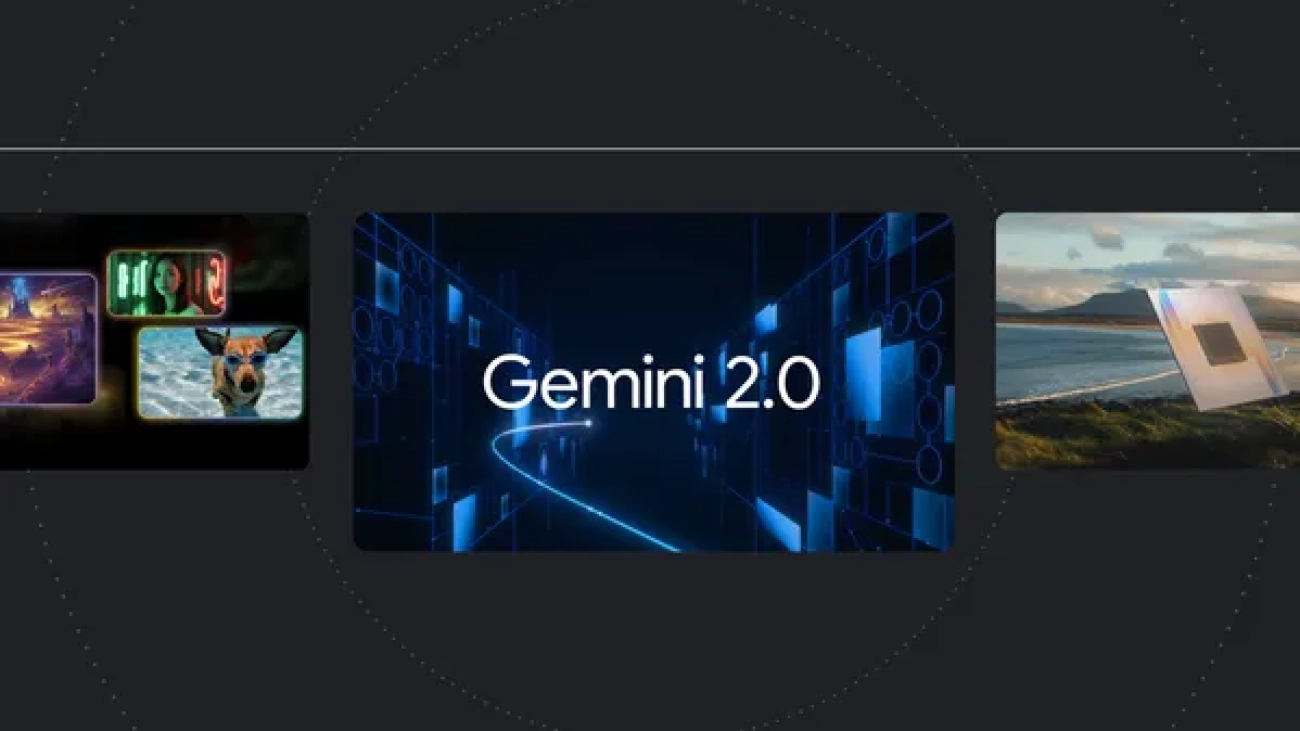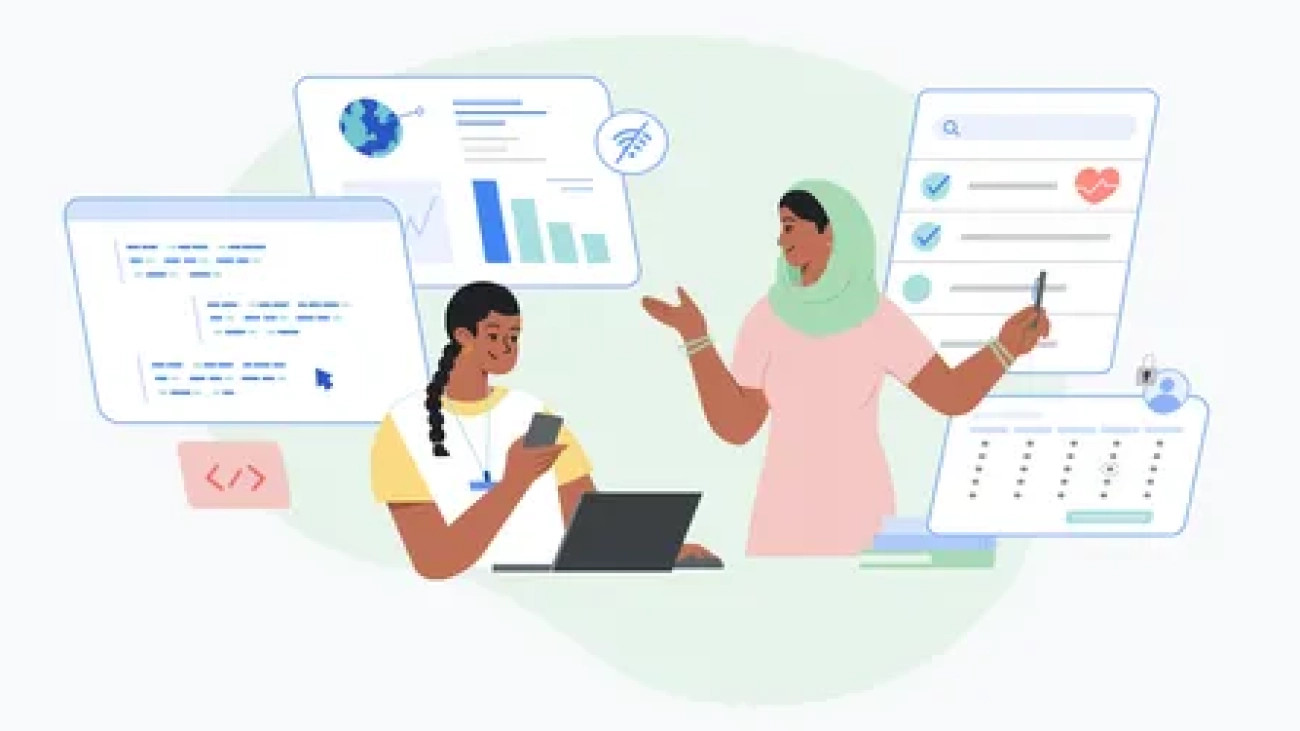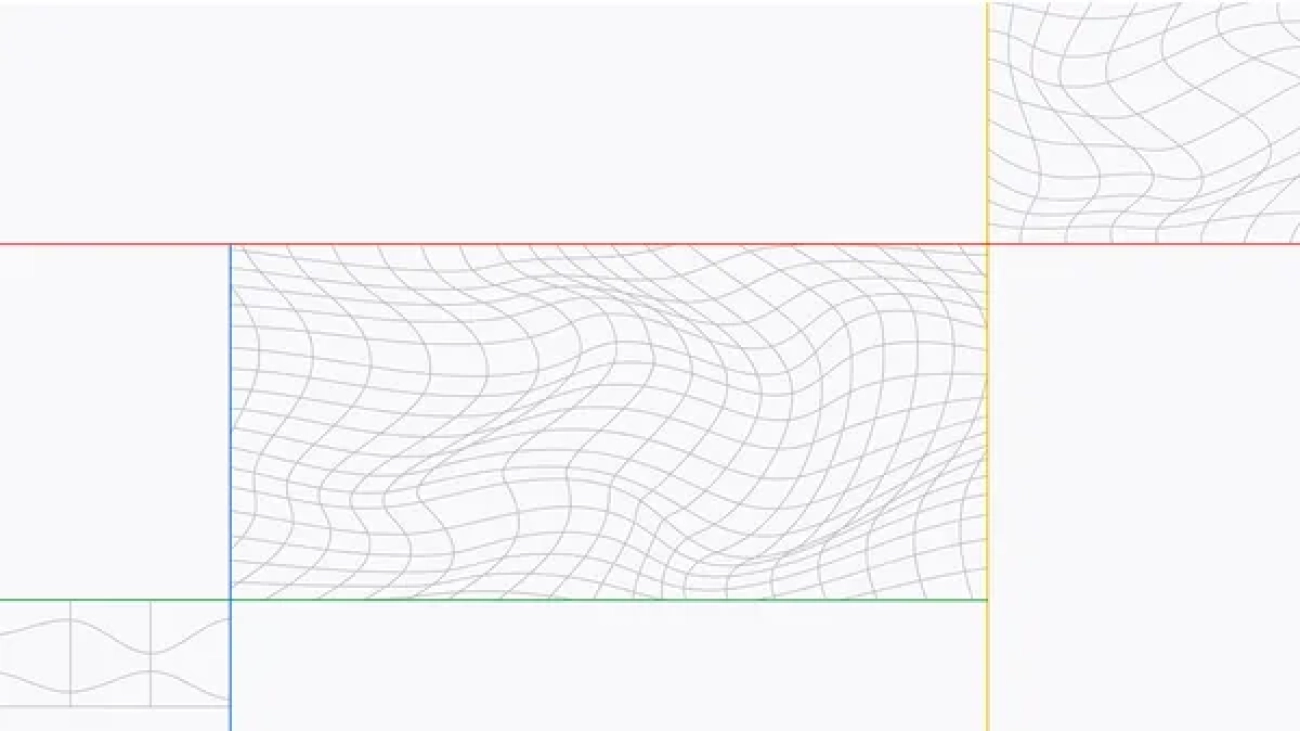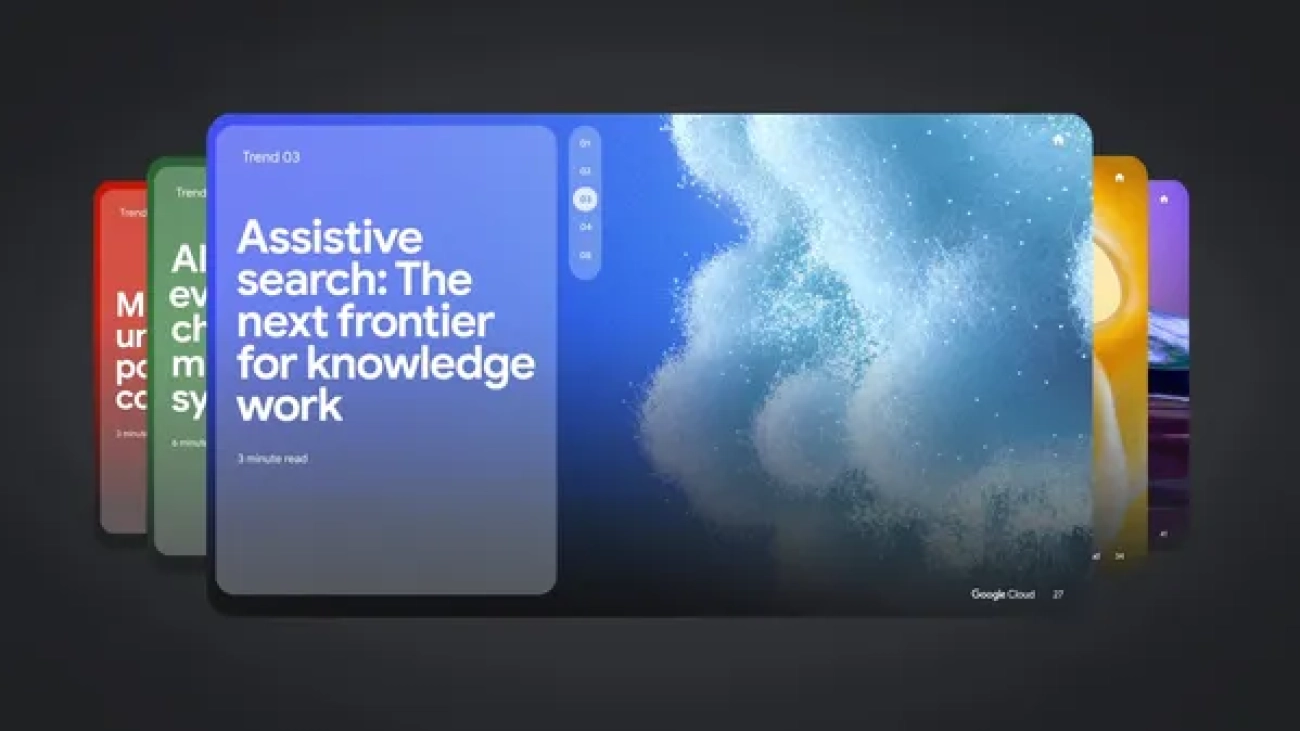 Today Google Cloud is unveiling Automotive AI Agent, a new way for automakers to create helpful generative AI experiences. Built using Gemini with Vertex AI, Automotive …Read More
Today Google Cloud is unveiling Automotive AI Agent, a new way for automakers to create helpful generative AI experiences. Built using Gemini with Vertex AI, Automotive …Read More
New tools to help retailers build gen AI search and agents
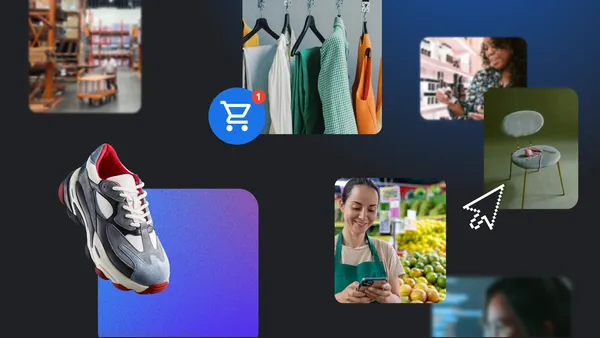 Learn how retailers are benefiting from Cloud’s gen AI agents, AI-powered search and other AI technology.Read More
Learn how retailers are benefiting from Cloud’s gen AI agents, AI-powered search and other AI technology.Read More
5 ways to search what you see with Google Lens
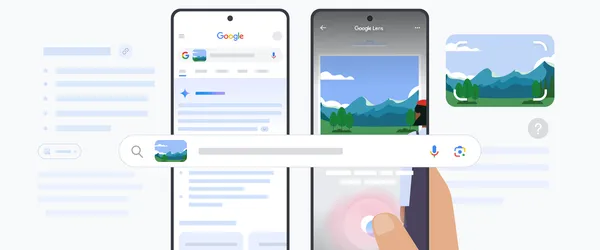 Google Lens uses AI to help you search the world around you. Here’s how to make the most of it.Read More
Google Lens uses AI to help you search the world around you. Here’s how to make the most of it.Read More
60 of our biggest AI announcements in 2024
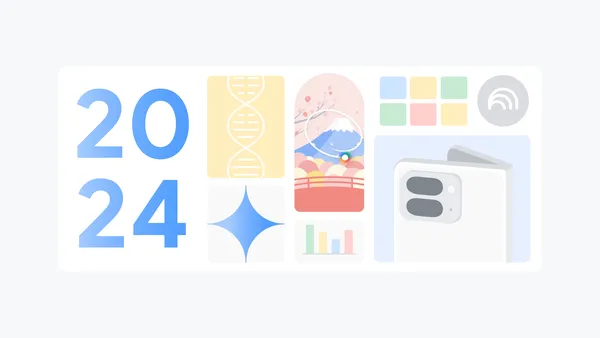 Recap some of Google’s biggest AI news from 2024, including moments from Gemini, NotebookLM, Search and more.Read More
Recap some of Google’s biggest AI news from 2024, including moments from Gemini, NotebookLM, Search and more.Read More
The latest AI news we announced in December
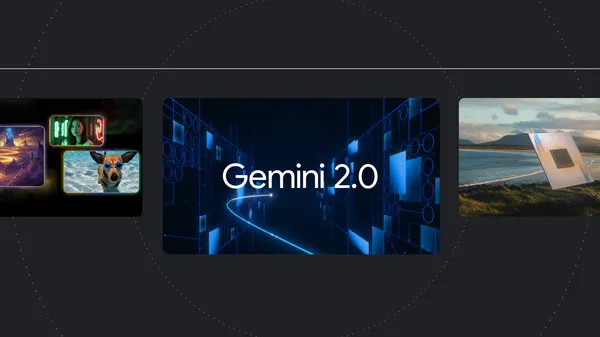 Here are Google’s latest AI updates from December including Gemini 2.0, GenCast, and Willow.Read More
Here are Google’s latest AI updates from December including Gemini 2.0, GenCast, and Willow.Read More
5 ways Open Health Stack is helping developers address healthcare gaps
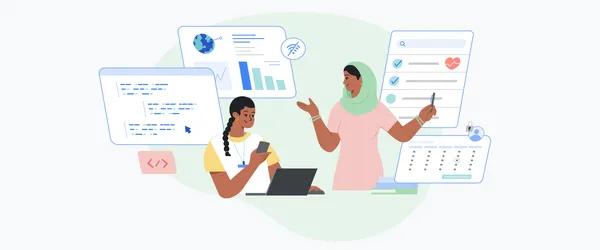 Open Health Stack, a set of open-source tools from Google, allows developers to create digital health solutions for low-resource settings around the world.Read More
Open Health Stack, a set of open-source tools from Google, allows developers to create digital health solutions for low-resource settings around the world.Read More
We’re updating our Generative AI Prohibited Use Policy.
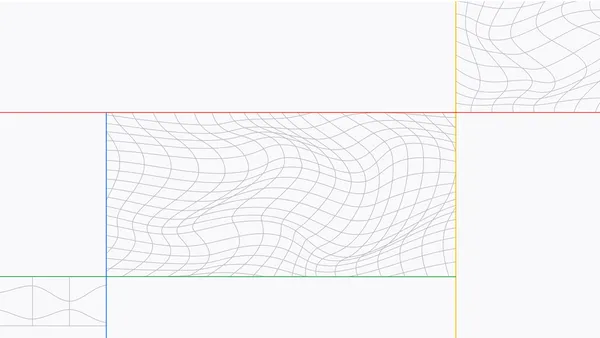 Today we’re refreshing Google’s Generative AI Prohibited Use Policy — the rules of the road that help people use the generative AI tools found in our products and servic…Read More
Today we’re refreshing Google’s Generative AI Prohibited Use Policy — the rules of the road that help people use the generative AI tools found in our products and servic…Read More
5 ways AI will shape businesses in 2025
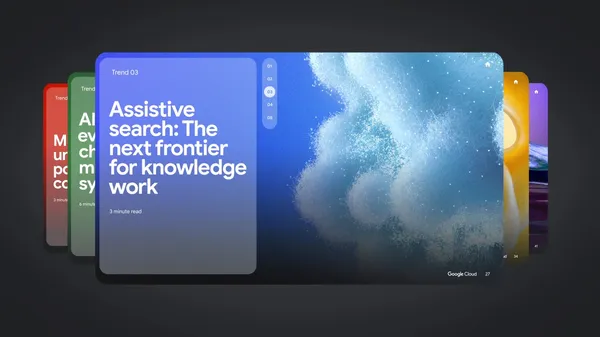 Learn more about Google Cloud’s AI predictions for businesses in 2025.Read More
Learn more about Google Cloud’s AI predictions for businesses in 2025.Read More
Whisk: Visualize and remix ideas using images and AI
 Whisk is a new Google Labs experiment that lets you prompt using images for a fast and fun creative process.Read More
Whisk is a new Google Labs experiment that lets you prompt using images for a fast and fun creative process.Read More
Whisk: Visualize and remix ideas using images and AI
 Whisk is a new Google Labs experiment that lets you prompt using images for a fast and fun creative process.Read More
Whisk is a new Google Labs experiment that lets you prompt using images for a fast and fun creative process.Read More


